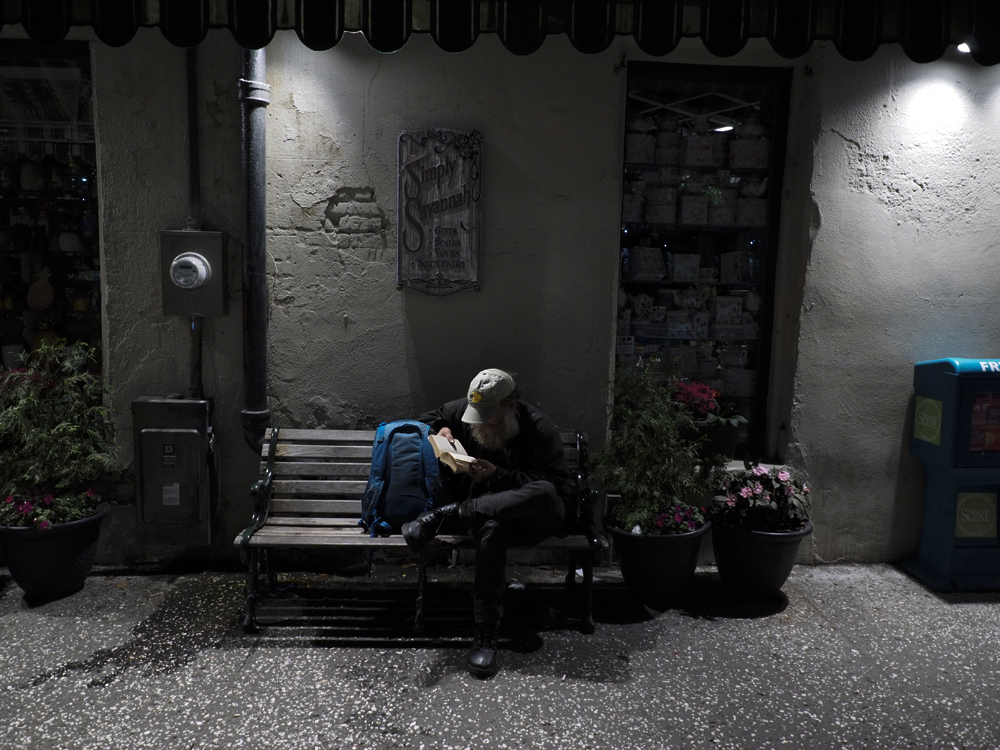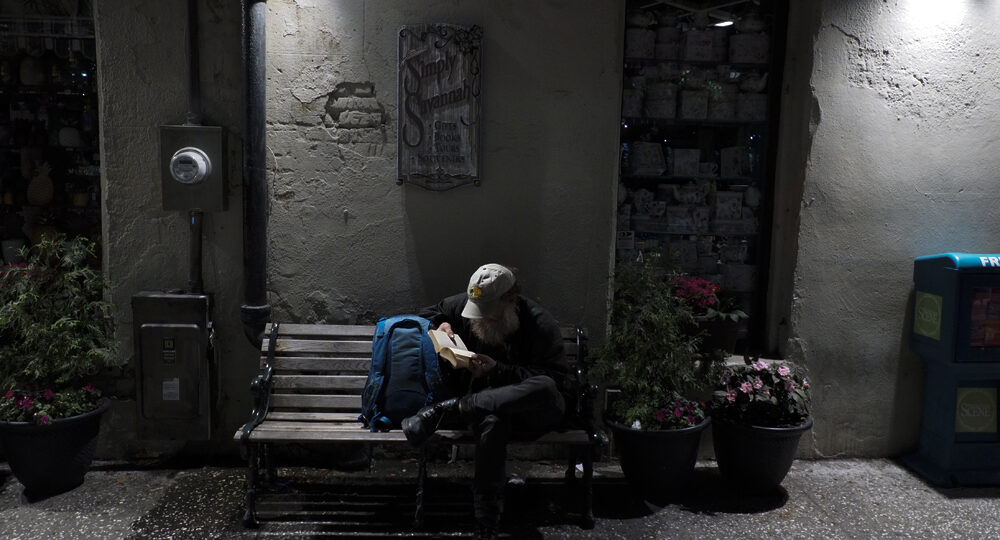By Gordie Elwell
I was asked to provide an article with tips to becoming a better photographer.
Well, remember that exposure triangle you keep hearing about? Well, here’s another triangle for you . . . the “Becoming a Better Photographer” triangle. This triangle consists of “Planning, Luck, and Post Processing.” At least one of these is not completely within our control, but we certainly can influence it.
Planning
This one seems obvious, and it is. If your goal is to take the very best image of a lion or a hippo, you will not succeed if you don’t go to the zoo (or to Africa, depending on your budget). How about the best picture of jets in formation? Good planning will send you to the nearest airshow with jets scheduled to fly. This goes to just about anything that you would like to capture. If you want that killer shot of the Eiffel Tower, don’t make airline reservations to London! Part of this planning is in the timing. Capturing the best sunrise (or sunset) will drive you to the location and time of day to capture your image. You can see the pattern here… if you have a specific subject or genre in mind, you will likely have to go to that scene, as it is unlikely to come to you.
Luck
This corner of the triangle is the one we have the least control over. Strictly speaking, it means we were in the right place at the right time (planning) to capture the image that we otherwise would not have been able to get. It can be even more random than that, as we can capture events that we never expected to see and were just by chance in the right place at the right time. History is rife with images where the photographer just happened to be there and press the shutter when something completely unexpected happened. Who can forget the infamous image of Jack Ruby shooting Lee Harvey Oswald in the police department basement, and the surprised looks on all the escorting policemen? Completely unexpected!
A few years ago, Richard Thomson won the CCB People’s Choice Award at the “Annual Print Competition.” It was of a bearded man sitting in a chair reading a book. Richard just happened to be walking along the street with his camera on the strap over his shoulder when he saw the man up ahead of him. He realized that if he stopped and asked him to pose, it would not have the same appeal as the unposed, natural scene had. Without missing a step, Richard discreetly adjusted the hanging camera and pressed the shutter as he walked by… and that image won the most prestigious award at the APC that year. Talk about luck! Yet if he had not decided to go and walk down that street that morning, he would not have been walking by that scene as it transpired. There was no planning per se, but plenty of luck as a result of being ready when the scene presented itself.

Post Processing
This last corner of our new triangle is the one we arguably have the most control over. This part of digital imaging can have the biggest impact (positive or negative) on our final picture. I get to see and review all the images submitted each month for our competitions. Often when evaluating an image, I think, “If only they had cropped it here and there it would have much more impact”… or Chuck’s famous bug-a-boo, a straight horizon. Both of these are very simple “tweaks” that can really help an image have impact. Both cropping and straightening are so basic that it is a stretch calling them “post processing,” yet the software needed to do these basic adjustments usually has plenty of other tools built in to enhance your image. If you save your files in JPG format, your camera does the heavy lifting on color management, but it is limited to your camera’s built in biases. If you save your file as a RAW file (admittedly a much bigger file size), all that data that a JPG routine in your camera discards, is retained. Your post processing program then will have much more latitude in making tweaks to your image. However, this can be an opportunity for your post processing to have a “negative” impact on your shot. You can over saturate your file, and everything will look over cooked. This is where your skill needs to come into play. You can have colors that just jump out, completely ruining your shot, or as the photographer who took the shot, you can remember the original colors and take extra care to just “tweak” them a bit, and not make the entire scene unrealistic. This level of adjustment goes to the intent of your image. No two photographers will post process an image exactly the same way. You need to know what the desired look is that you want. It is not unusual for a photographer to take an original image, crop it and color treat it completely differently, depending on the audience. The same image can be saved many different ways, and may look completely different for the CCB monthly competition than for the family album. It’s all up to you!
In summary, keep these three new triangle aspects of your photography in mind as you collect and record images of life around you. PLAN to bring the camera with you as often as practical, and plan on what you can expect if you travel to various places. Anticipate the LUCK that will appear out of nowhere, and be prepared to grab that unexpected shot! Finally, try to become as good a critic and POST PROCESSOR as you are with your camera, and the original triangle of f/stop, aperture and ISO!
